
1840
1848 Seneca Falls
July 19–20
The Seneca Falls Convention, in New York, marks the beginning of organized women’s suffrage movement.
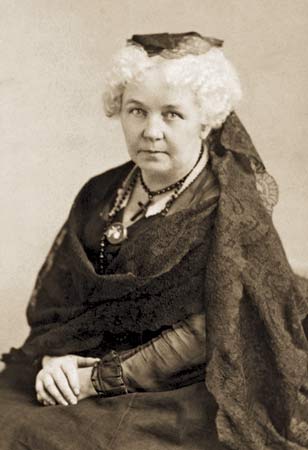
Elizabeth Cady Stanton
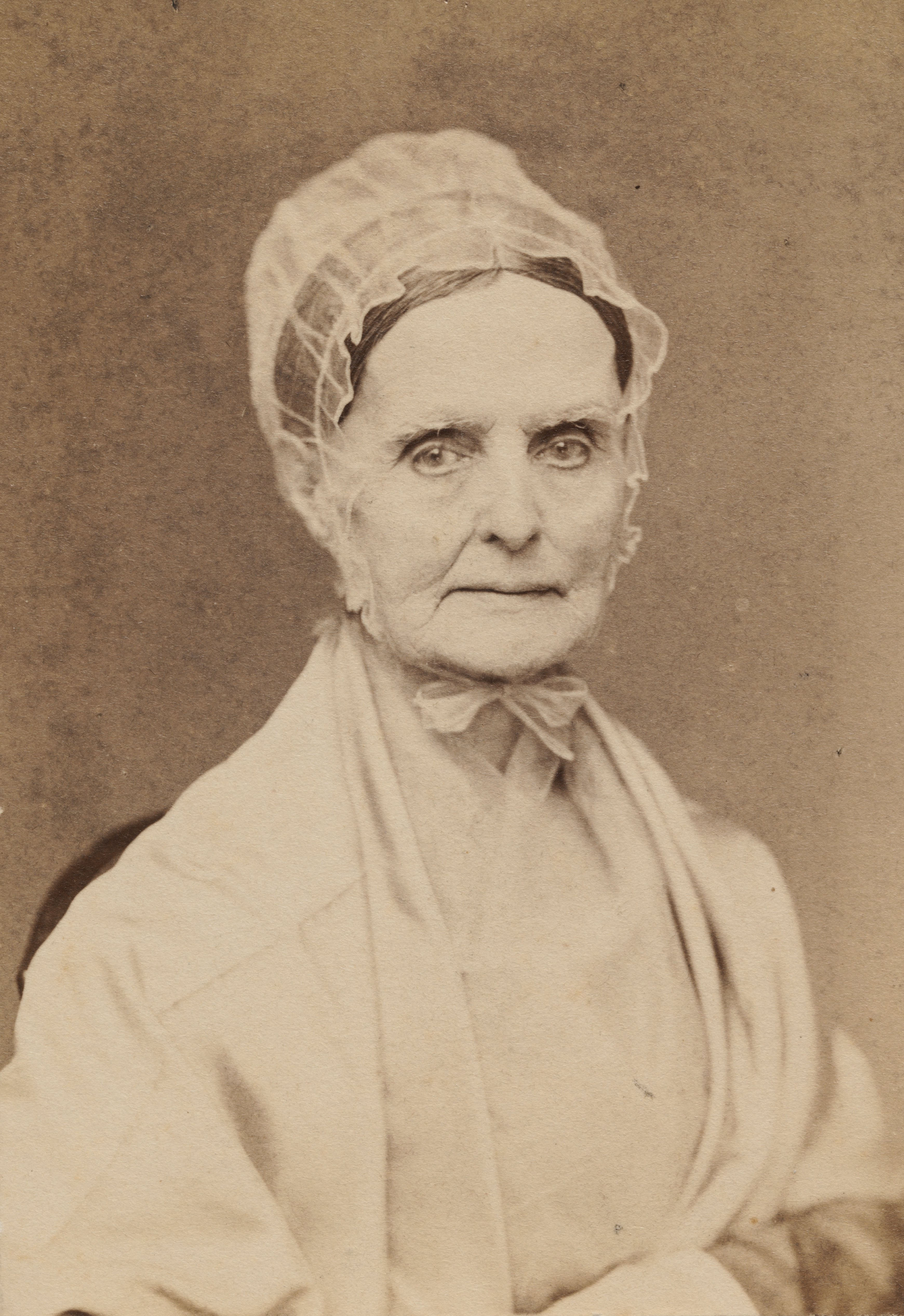
Lucretia Mott
In 1840, Elizabeth Cady Stanton and Lucretia Mott met at the World Anti-Slavery Convention in London, where male delegates excluded women and forced them to sit in a cordoned-off area. Eight years later, these friends organized a convention to call for the recognition of women as equal members of society. For the convention, Stanton drafted The Declaration of Sentiments, modeled after the Declaration of Independence. The document outlined the ways in which the American government and patriarchal society oppressed women. The writers insisted that women be granted the full right of citizenship, including the right to vote.
1850
1854-1869 Failed Attempts
Through the second half of the nineteenth century several legislatures attempted to pass women’s suffrage bills, but all of them failed.
- 1854 Washington Territory votes on women’s suffrage – bill fails.
- 1856 Nebraska Territory votes on women’s suffrage – bill fails.
- 1867 Kansas State votes on women’s suffrage – bill fails.
- 1868 Senator S.C. Pomeroy introduces the federal suffrage amendment in Congress - bill fails
- 1869 The Dakota Territorial Legislature considers a women's suffrage bill - the bill fails by one vote.
1860
1867-1869 Territorial Beginnings
In 1867 the Union Pacific Railroad reached what would become the Wyoming border. The following year Wyoming Territory was created by Congress out of a portion of Dakota, Utah and Idaho Territories. In 1869 the Transcontinental Railroad was completed, linking the East and West Coast by rail for the first time. That same year the first Territorial elections were held, the only Wyoming elections during which women did not vote.
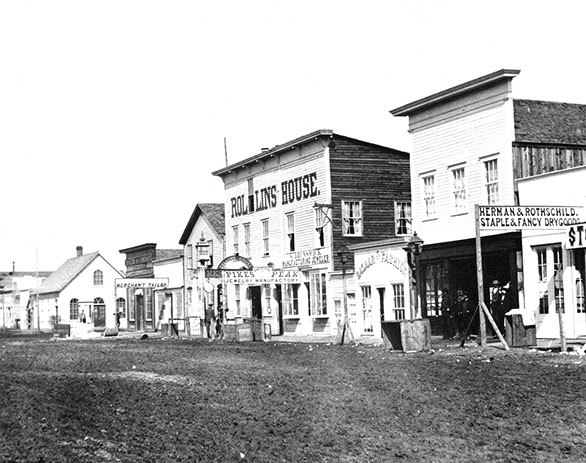
Cheyenne Storefronts 1869
1869 Women’s Suffrage Act
On October 12th, the 1st Territorial Legislative Assembly convened in Cheyenne. All of the legislators were Democrats. Late in the session, William H. Bright introduced the suffrage bill and on December 10th, Governor Campbell signed the Women's Suffrage Act, making Wyoming Territory the first to grant women suffrage and the right to hold public office. During the session, the Legislative Assembly passed several other bills relating to women's rights.
1870
1870 Esther Morris
On February 17, 1870, Esther Morris of South Pass City and Caroline Neil of Point of Rocks were appointed Justices of the Peace by acting governor Edward Lee. Morris's appointment was confirmed by the county commissioners first and thus she became the first woman in the nation to hold this office. Morris may have been the only one of the two to try a case as the docket book for Neil has not come to light.
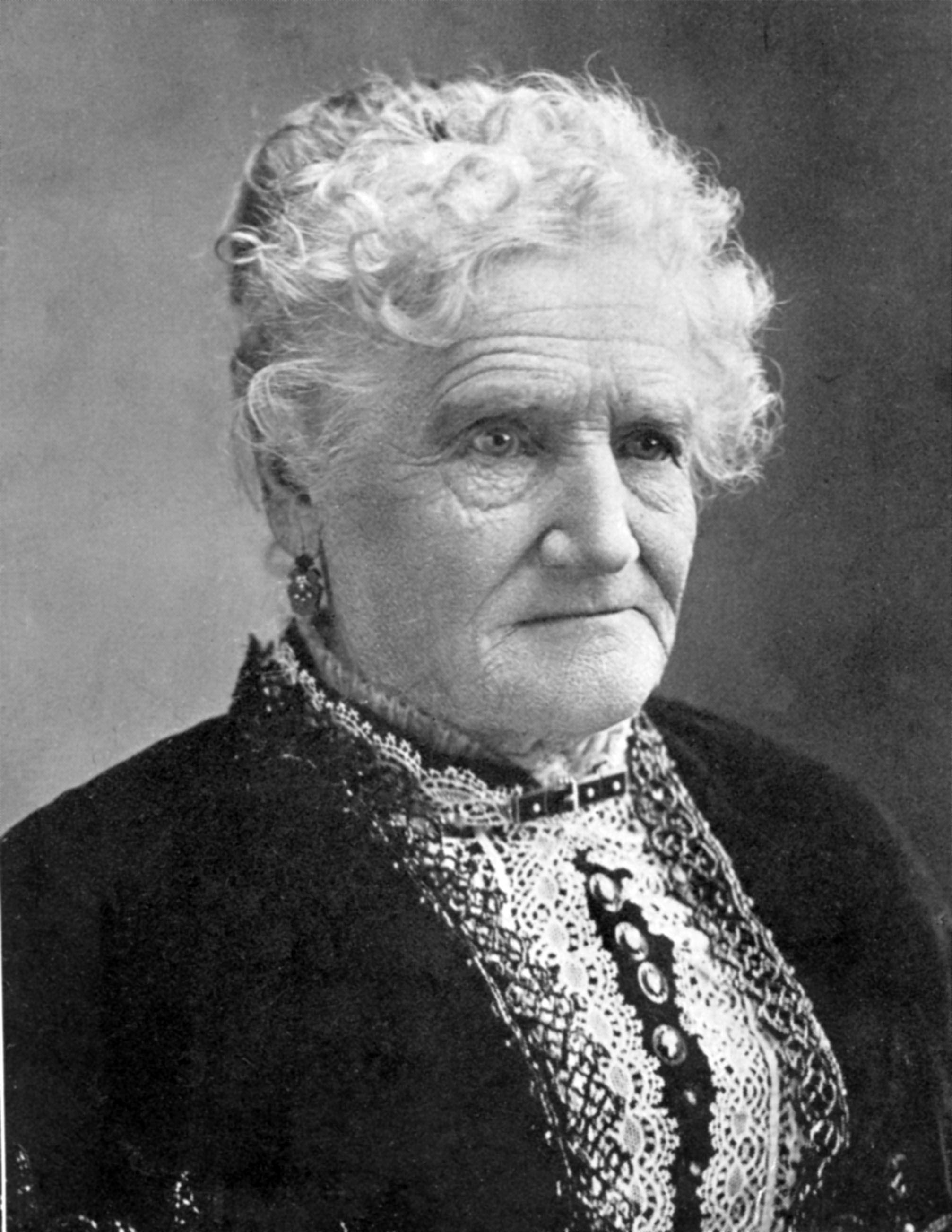
Voters and Jurists
In the spring of 1870, women were called to serve on both Petit and Grand Juries in Laramie, Wyoming. These women became the first in the nation to serve on a jury. In light of their service, Martha Symons Boies became the first female court bailiff.
Following the court session, a more literal reading of the juror qualifications (male citizens over 21 years of age) was taken, excluding women from further service until 1949 when the Legislature amended the statute.
Later that year, women voted in Wyoming elections for the first time. Louisa Swain of Laramie was publicized as the first woman to vote in the Territory.
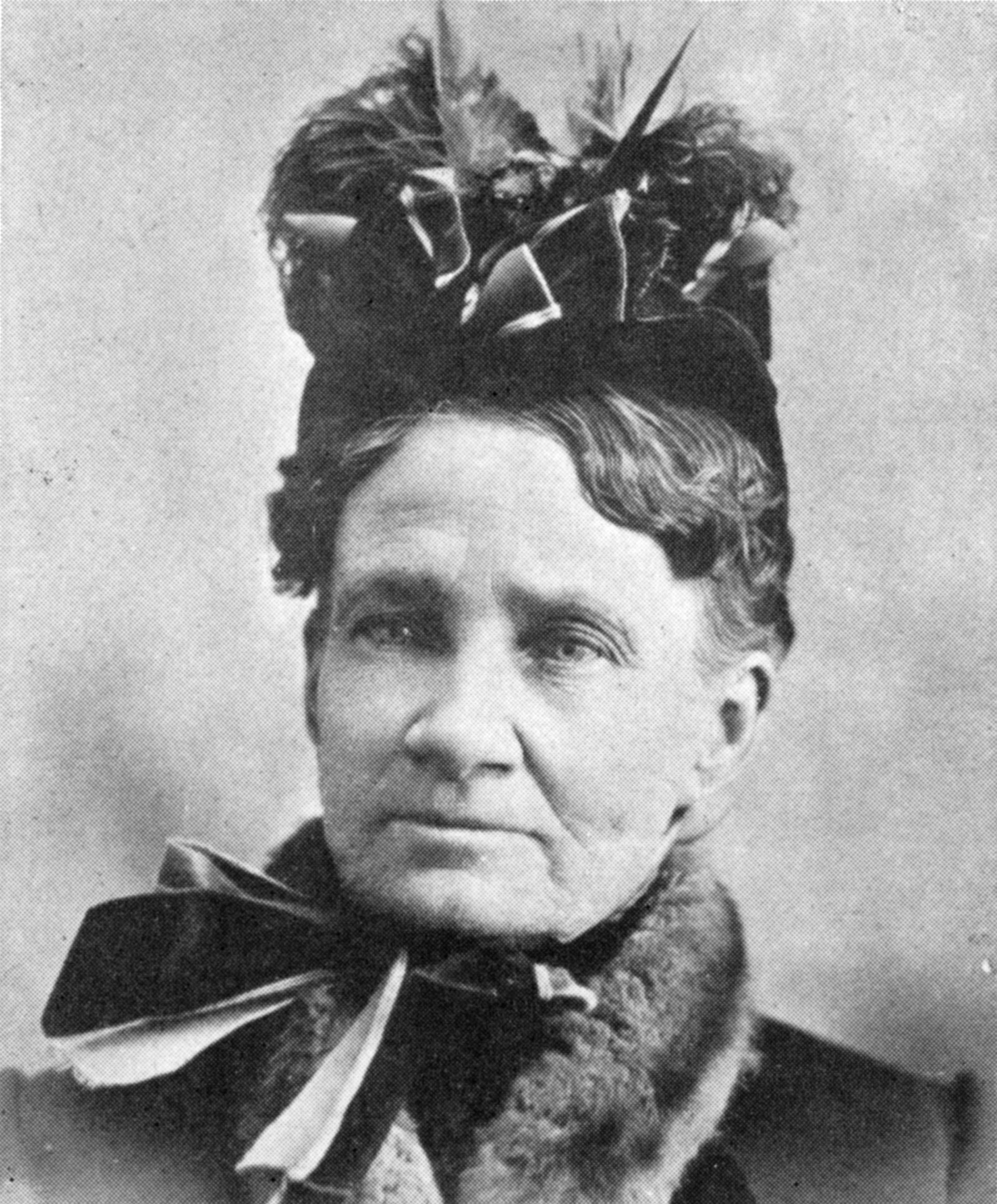
Martha Symons Boies was the first woman to serve as a bailiff in Wyoming
1871 Repeal Attempt
The Wyoming Legislative Assembly attempted to repeal the Women's Suffrage Act. The repeal bill was vetoed by Governor John A. Campbell who declared women's suffrage "an unqualified success."
1880
1890
1885-1890 Statehood
In 1889, four years after Territorial Governor Frances E. Warren's first call for Wyoming statehood, the Wyoming constitutional convention began. Delegates debated at length the inclusion of women’s suffrage in the new constitution and opted to include it. In 1890, President Benjamin Harrison signed the bill admitting Wyoming as the 44th state and the first to guarantee universal suffrage in its constitution.
This flag was presented to Governor Warren by Esther Morris in honor of Wyoming's admission to the Union.

1892 Presidential Election
Wyoming's women, including African-American women, become the first in the nation to vote for President.
1894 Estelle Reel
Estelle Reel was elected Superintendent of Public Instruction, the second woman in the nation to be elected to statewide public office, following Laura J. Eisenhuth of North Dakota (1892). Reel was the second individual to hold the office in Wyoming.
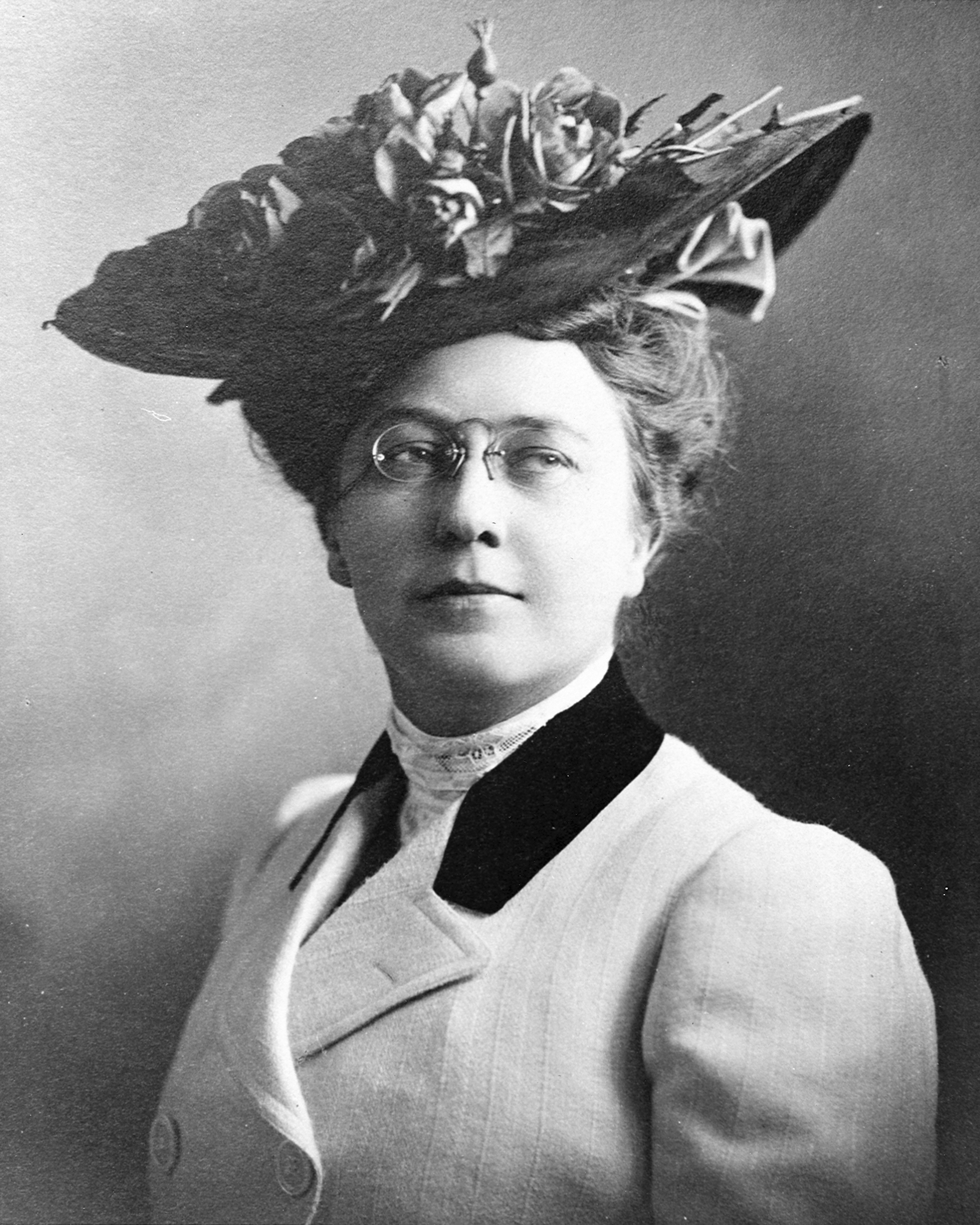
1899 May Slosson
Dr. May Gorslin Preston Slosson was appointed chaplain at the nearly all-male Wyoming Territorial Prison, the first woman in the nation to hold such a position.
May Slosson was no stranger to breaking barriers, even before she made her mark on Wyoming. Born in New York and raised in Kansas, she obtained her undergraduate and graduate degrees in science from Hillsdale College in Michigan. In 1880, she became the first woman in the US to earn a Ph.D. in Philosophy.
In 1892, Dr. Slosson and her husband Edwin moved to Laramie. While he taught chemistry at the University of Wyoming, Dr. Slosson organized a series of lectures for the prisoners of the State Penitentiary. She was so respected at the prison, that she was appointed to the position of chaplain at the request of inmates. While she only held this position for four years, her influence on the prison was notable. She provided counseling to the inmates, and according to Warden McDonald, there was a significant decrease in punishments during her time as chaplain. Dr. Slosson encouraged self-improvement for the inmates, and organized educational courses for those interested. At least one convict went on to become a civil engineer after his release thanks to Dr. Slosson’s efforts.
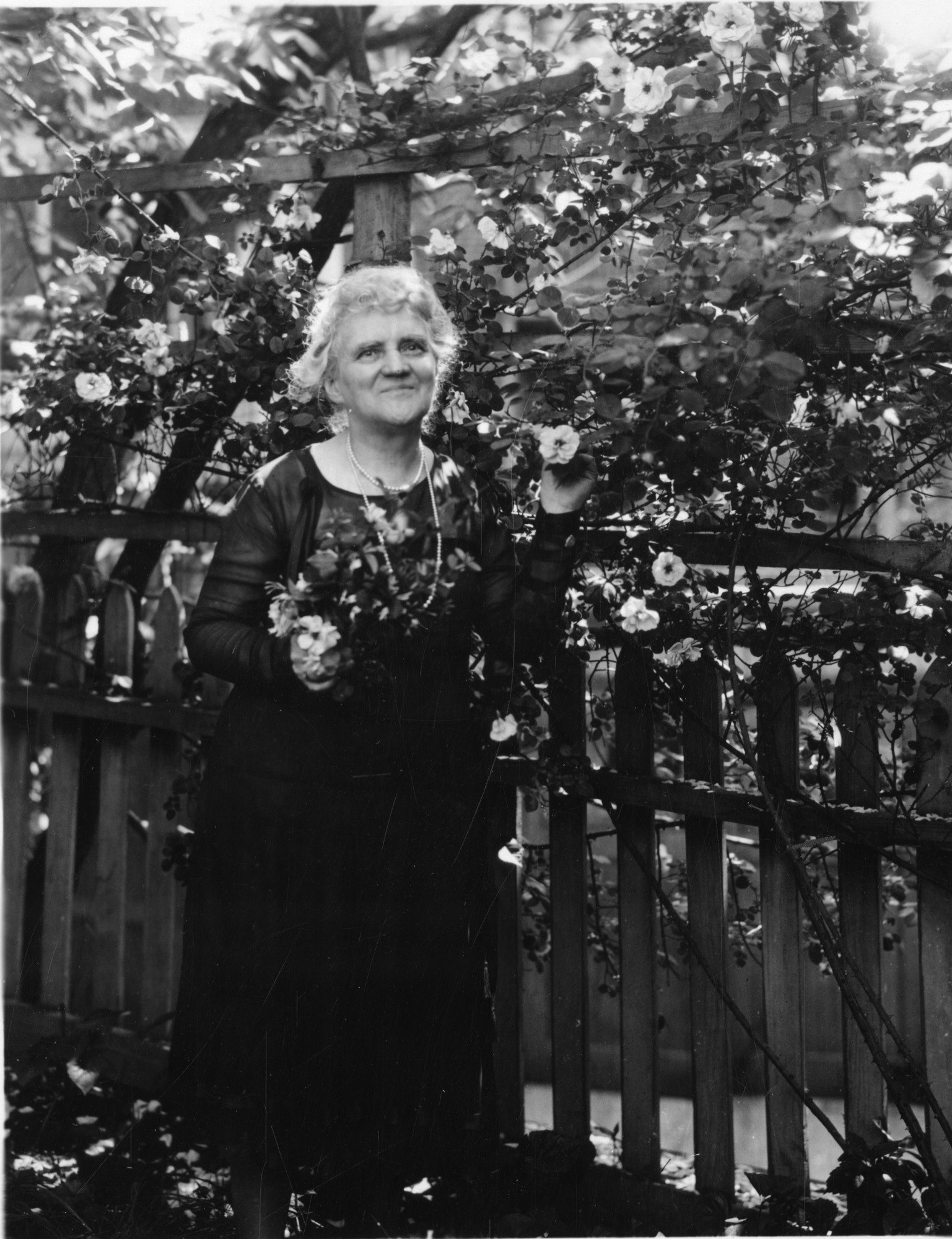
1900
1910
1911 Susan Wissler & Mary Bellamy
Rep. Mary Bellamy (left) served as Wyoming's first female state legislator. Susan Wissler (right) was elected mayor of Dayton, becoming the first female mayor in Wyoming.
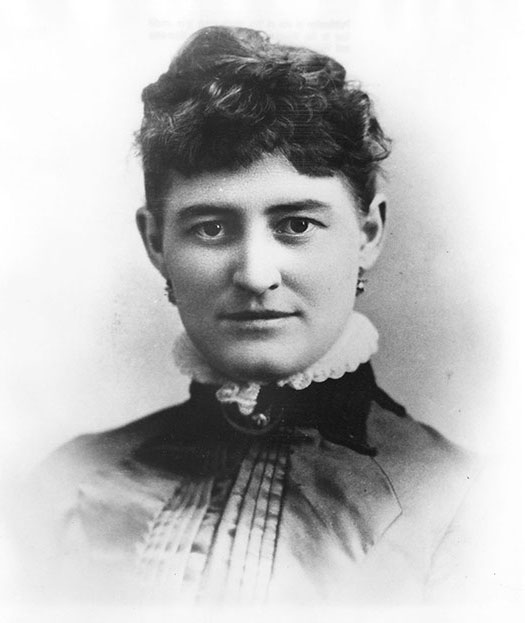
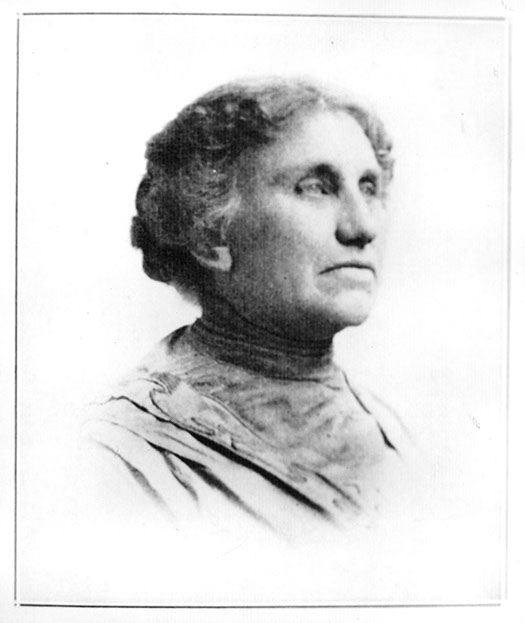
1914 Dr. Grace Hebard
Dr. Grace Raymond Hebard of Laramie was the first woman admitted to practice law in Wyoming. She spent over 40 years at the University of Wyoming, first as paid secretary, then as a voting trustee, followed by a teaching position as a professor of politics and history.
Grace Hebard was a prolific collector and author of pieces on Wyoming history, including a book on Sacagawea’s burial on the Wind River Reservation. As head of the Wyoming Chapter of the Daughters of the American Revolution (DAR), Hebard led the effort to designate Wyoming’s state flag and state flower in 1917. Hebard was a very vocal advocate for national women’s suffrage and a personal friend of Suffragist Carrie Chapman Catt. She was also a staunch proponent of education and advocated for the adoption of new child labor laws that would keep children in school rather than working.
Hebard’s work on the history of Wyoming generated a good deal of controversy. Despite being a tenacious researcher and having access to legitimate historical sources, her versions of events often presented a romanticized view of the West. When historical facts did not fit into that view, she either ignored them or invented her own. Many historians later criticized her findings and pointed to glaring inaccuracies in both her research and her writing. Nevertheless, her work continues to be influential in Wyoming.
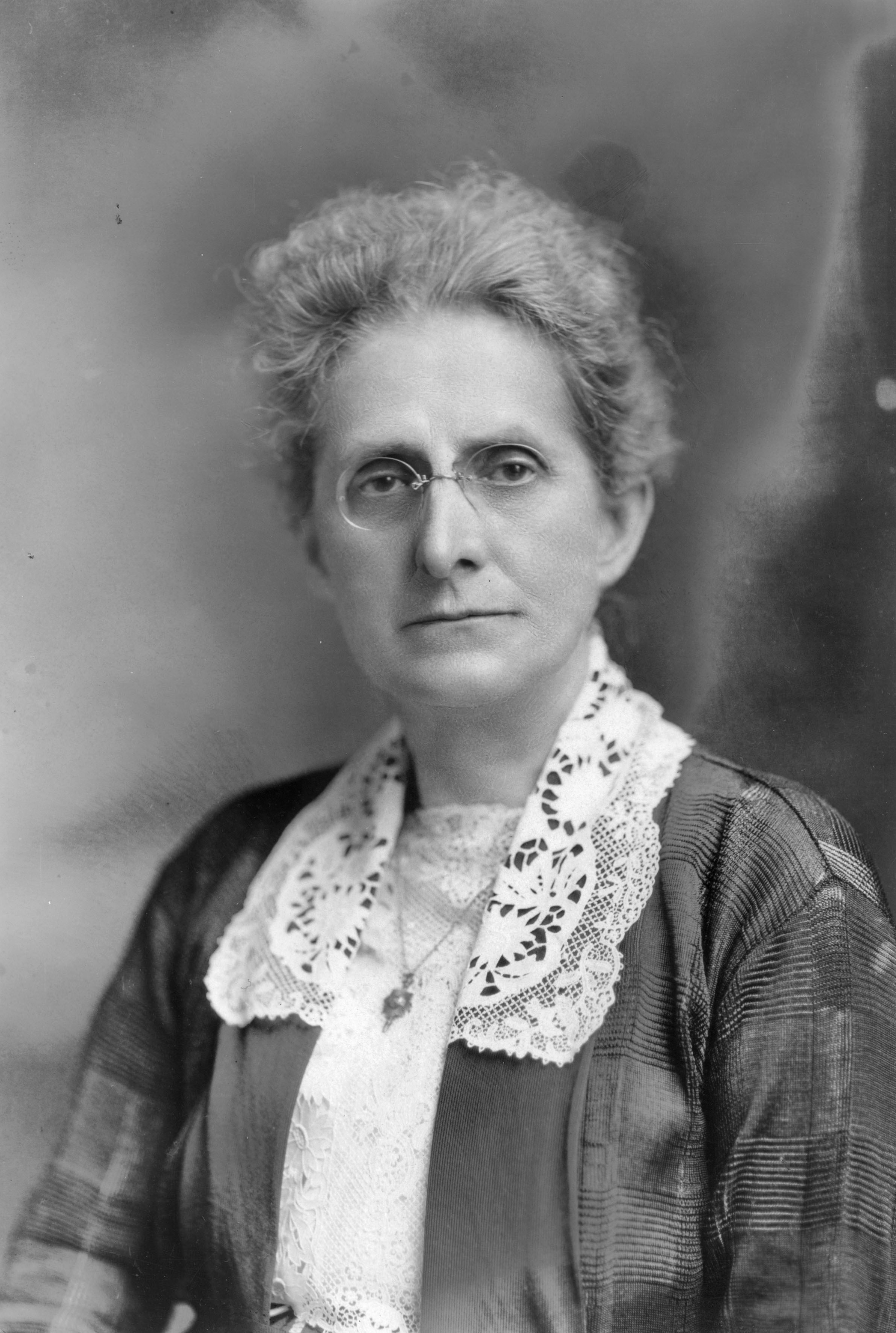
1920
1920 The Nineteenth Amendment
On August 18th the Nineteenth Amendment to the U.S. Constitution was ratified, granting suffrage to women across the nation.
1920 Petticoat Government
Jackson was the first town in the nation governed entirely by women.
Dubbed the "petticoat government" by the press, the town of Jackson elected three councilwomen, a female town marshal and a female mayor. According to the newspapers of the time, though nearly every woman turned out to vote, many men did not show up, and were surprised by the results.
During their year in office, the “petticoat government” increased the town treasury from $200 to $2000, and town sanitation and beautification projects were undertaken. “We simply tried to work together,” Mayor Grace Miller said. “We put into practise [sic] the same thrifty principles we exercise in our homes. We wanted a clean, well-kept progressive town in which to raise our families. What is good government but a breathing place for good citizenship?” Two of the women were re-elected by wide margins in 1921.
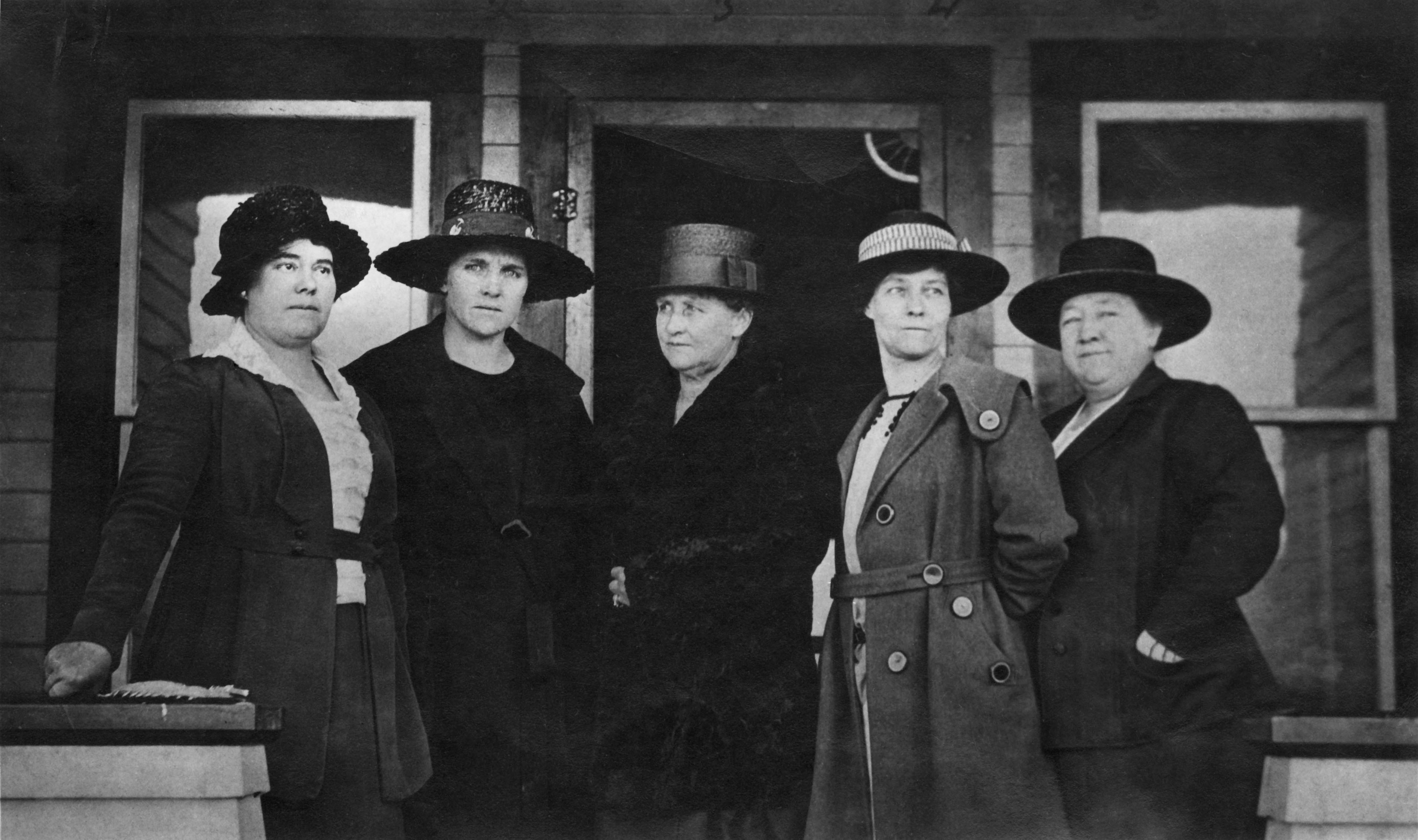
The Nation's first all female town council (L to R): Mae Deloney, Rose Crabtree, Grace Miller, Faustina Haight and Genevieve Van Vleck.
1924 The Indian Citizenship Act
On June 2nd Congress passed the Indian Citizenship Act, declaring all Native Americans United States citizens for the first time. Citizenship qualified this demographic for voting in local and national elections.
1925 Nellie Tayloe Ross
In January of 1925, Nellie Tayloe Ross was inaugurated as governor of Wyoming, becoming the first female governor in the nation. Ross and “Ma” Ferguson of Texas were elected on the same day, but Ross was inaugurated two weeks before Ferguson.
Although she will forever be known as the first female state governor, Nellie Tayloe Ross’s accomplishments extend far beyond her first political endeavor. Even though she lost her re-election bid for another term as Wyoming governor, she remained politically active, often campaigning in support of the Democratic Party. Her activism did not go unnoticed. In 1933, Ross was appointed the Director of the U.S. Mint, becoming the first woman to hold that position, and the longest-serving to date (1933-1953).
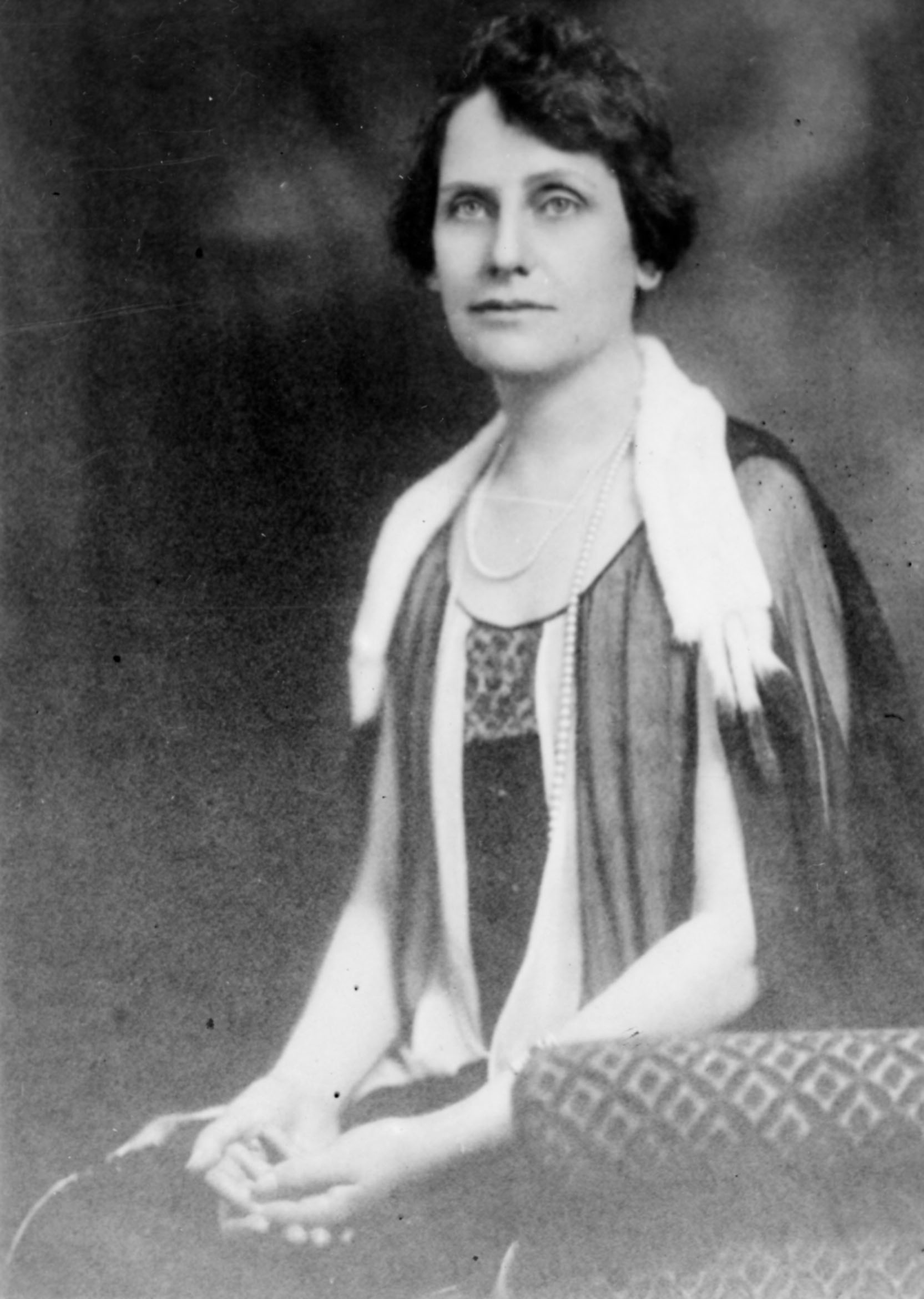
1927 Laura Harris
Laura Bicknell Harris, of Casper, becomes the first woman to argue a case in front of the Wyoming Supreme Court.
1930
1930 Irene Meade
Irene Kinnear Meade becomes the first woman elected to the Eastern Shoshone Tribal Business Council.
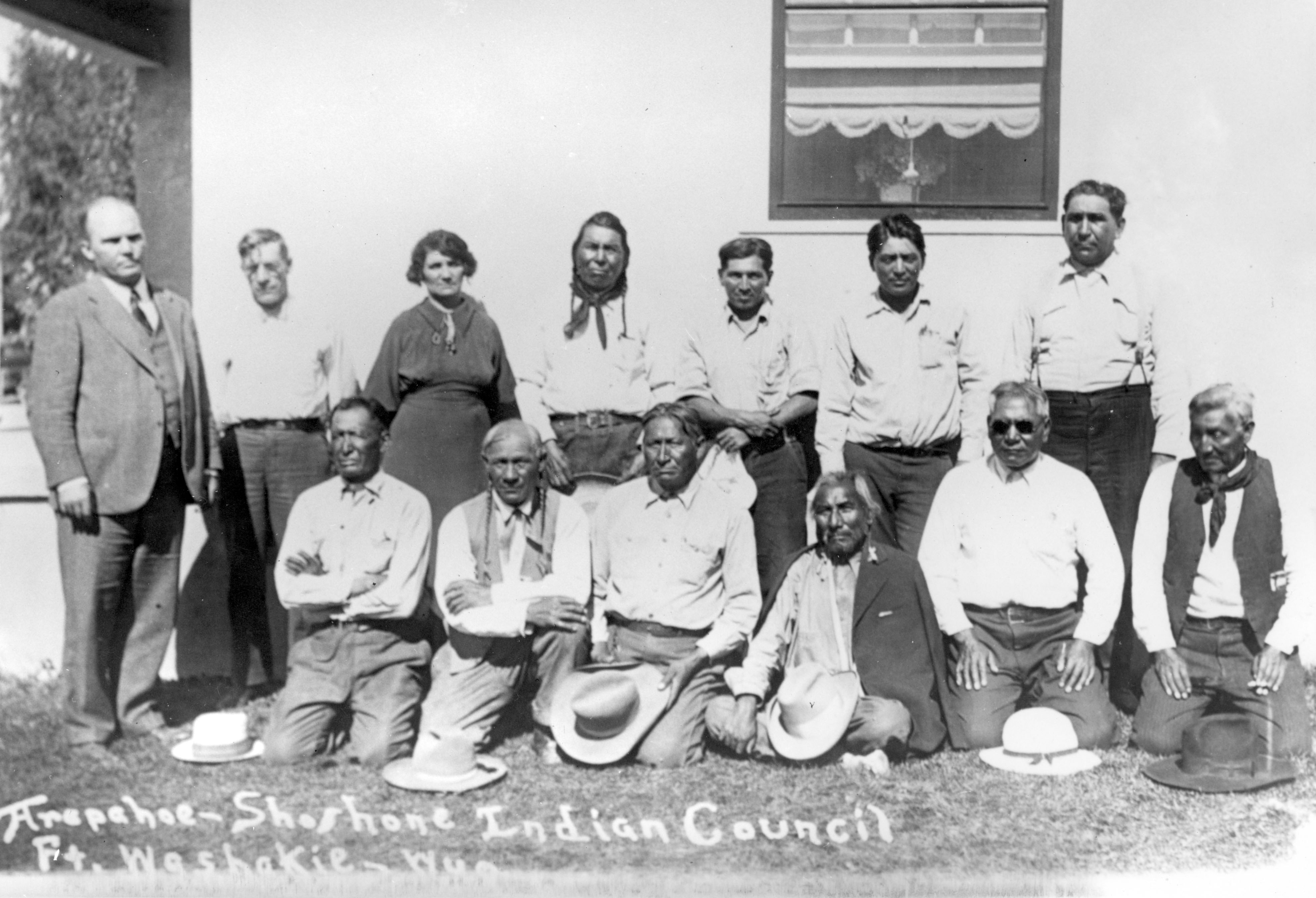
The Arapho-Shoshone Joint Council in 1935.
1931 Dora McGrath
Dora McGrath of Hot Springs County becomes Wyoming’s first female state senator.
1935 Government of Men
For the first time since 1911, the five statewide elected officials (Governor, Secretary of State, Treasurer, Auditor and Superintendent of Public Instruction) are all men. This anomaly will last for four years, until 1939. Since then, a woman has served in at least one of the five positions.
1937 Nellie Scott
Nellie Scott becomes the first woman elected to the Northern Arapaho Tribal Business Council
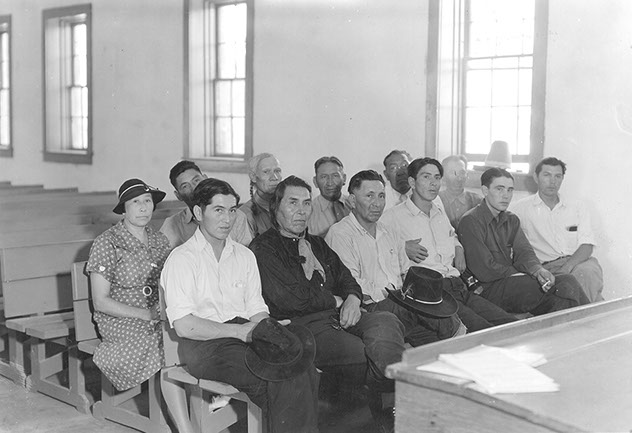
The Arapho-Shoshone Business Council in 1937.
1940
1950
1950 Mixed Jury
The first mixed jury in Wyoming since 1870 was called in Rock Springs.
By 1949, 38 of the 49 states allowed women to be called for jury service, but Wyoming was not one of these. Once again, national pressure rather than grassroots organization led to change. In 1929 Mable Matthews introduced a bill to amend juror qualifications, but the bill failed. It failed again in 1933, despite being backed by all three women in the House, and yet again in 1935. Finally, in 1949, Madge Enterline teamed up with Frank C. Mockler to introduce a successful bill, amending juror qualifications and welcoming women back into the jury pool. The first mixed jury in 80 years sat in Rock Springs the following year, with Louise Spinner Graff serving as foreman.
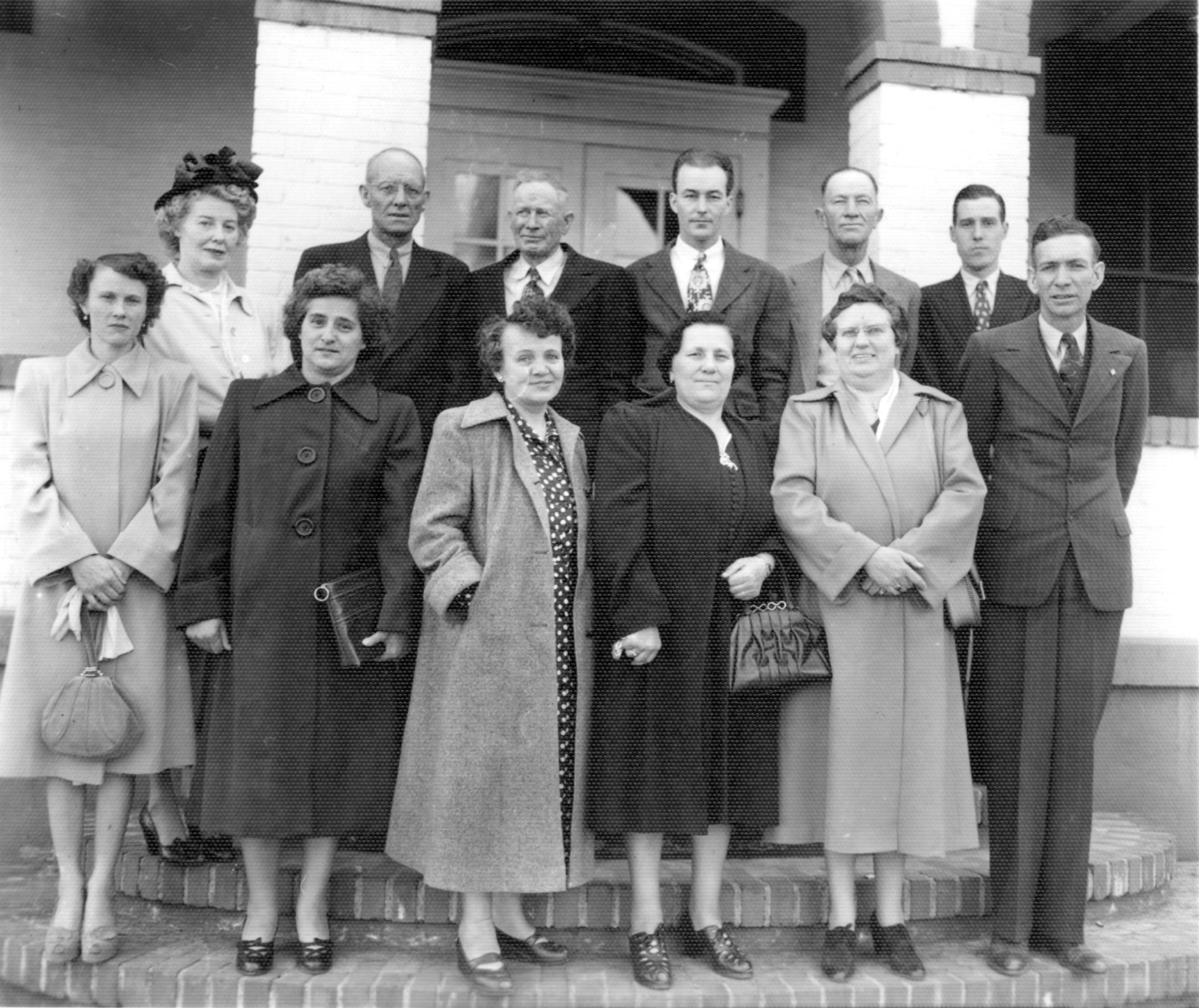
1953-1955 Minnie Mitchell
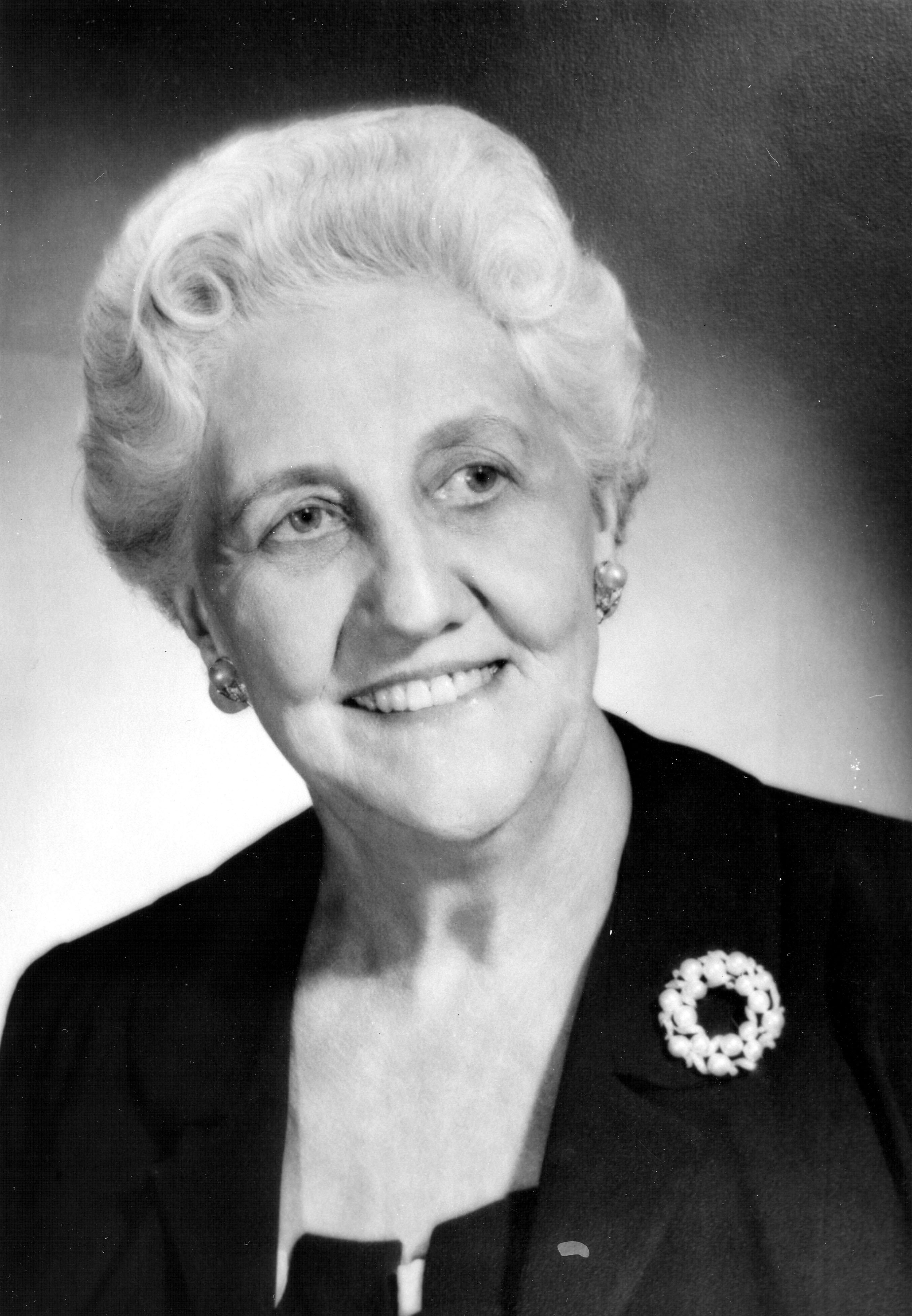
In 1953 Minnie Mitchell was appointed State Treasurer to fill the unexpired term of her husband, J.R. Mitchell. Two years later she was elected as the State Auditor. She was the first woman to serve in either position.
1956 Ellen Crowley
Ellen Crowley was the first woman appointed as the Assistant State Attorney General.
1960
1963 Thyra Thomson
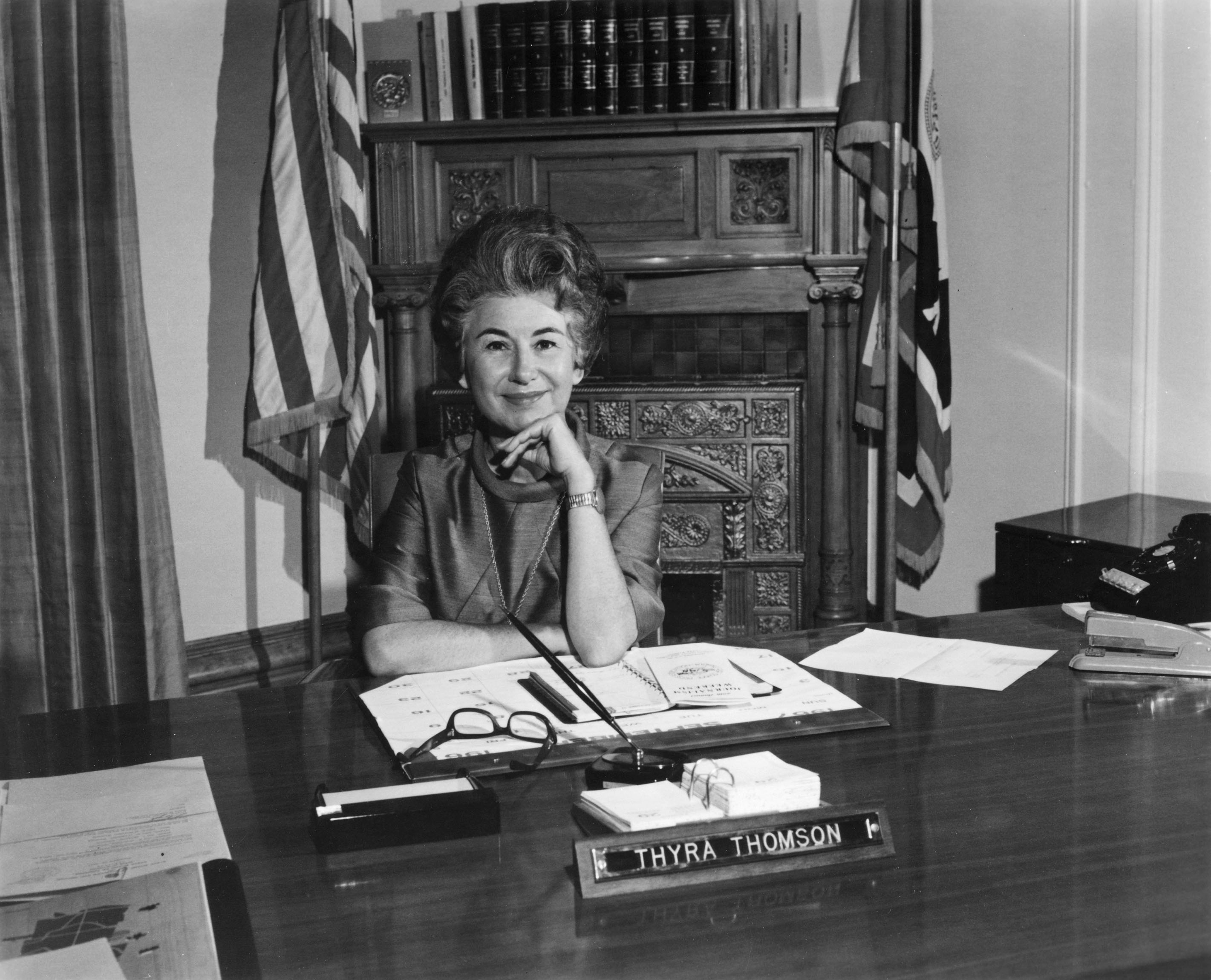
Thyra Thomson was elected Wyoming’s first female Secretary of State. Thomson served in this office until 1987. She still holds the record for the longest-serving statewide elected official in Wyoming.
1970
1973 Equal Rights Amendment
On January 26th Wyoming became the 23rd state to ratify the Equal Rights Amendment to the US Constitution. The amendment was introduced in 1923 and guarantees equal rights to all American citizens regardless of sex. It failed to pass then, but was reintroduced in 1971 and was subsequently approved by the U.S. House and Senate. It was ratified by 35 states, 3 short of the 38 necessary.
1979 Women outnumber men
For the first and only time to date in Wyoming history, women outnumbered men in statewide elected offices 3 to 2.
1980
1981 Harriet Elizabeth "Liz" Byrd
Harriet Elizabeth “Liz” Byrd was born in Cheyenne in 1926. She received her BA in education from Virginia State College and her MA from the University of Wyoming. From 1949-1959 Byrd taught classes at F.E. Warren Air Force Base, after which she spent twenty-seven years teaching for the Laramie County School District. Concerned about the lack of benefits for teachers, Byrd ran for the Wyoming House of Representatives, serving from 1981-1988. She went on to serve in the Wyoming Senate from 1989-1992. During her years in office, Byrd advocated for laws to provide social services for adults, adequate handicapped parking, for the enforcement of child safety restraints in vehicles, and for the observance of the birthday of Martin Luther King, Jr. as a state holiday.
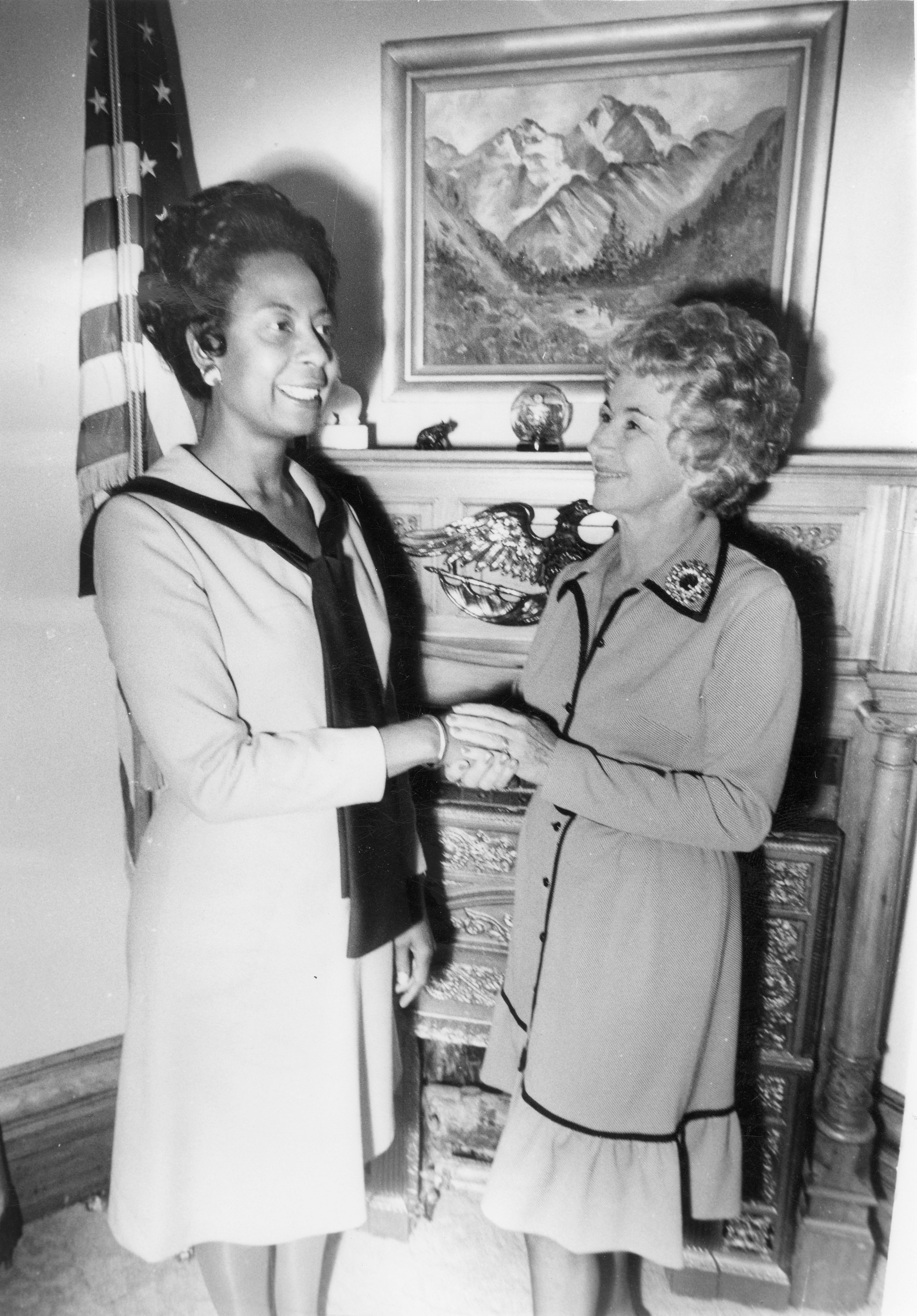
Harriet Elizabeth “Liz” Bird, 1st female African-American member of the Legislature with Secretary of State Thyra Thomson
1985 Peak Representation
Women’s representation in the Wyoming State Legislature reached its peak with women holding 22 of 64 seats in the House of Representatives and 2 of 30 seats in the Senate, and making up one quarter of the whole legislature. This number declined in the following years to a low of just over one tenth, or 10 seats, in the 2017/2018 Legislature.
1990
1994 Nimi McConigley
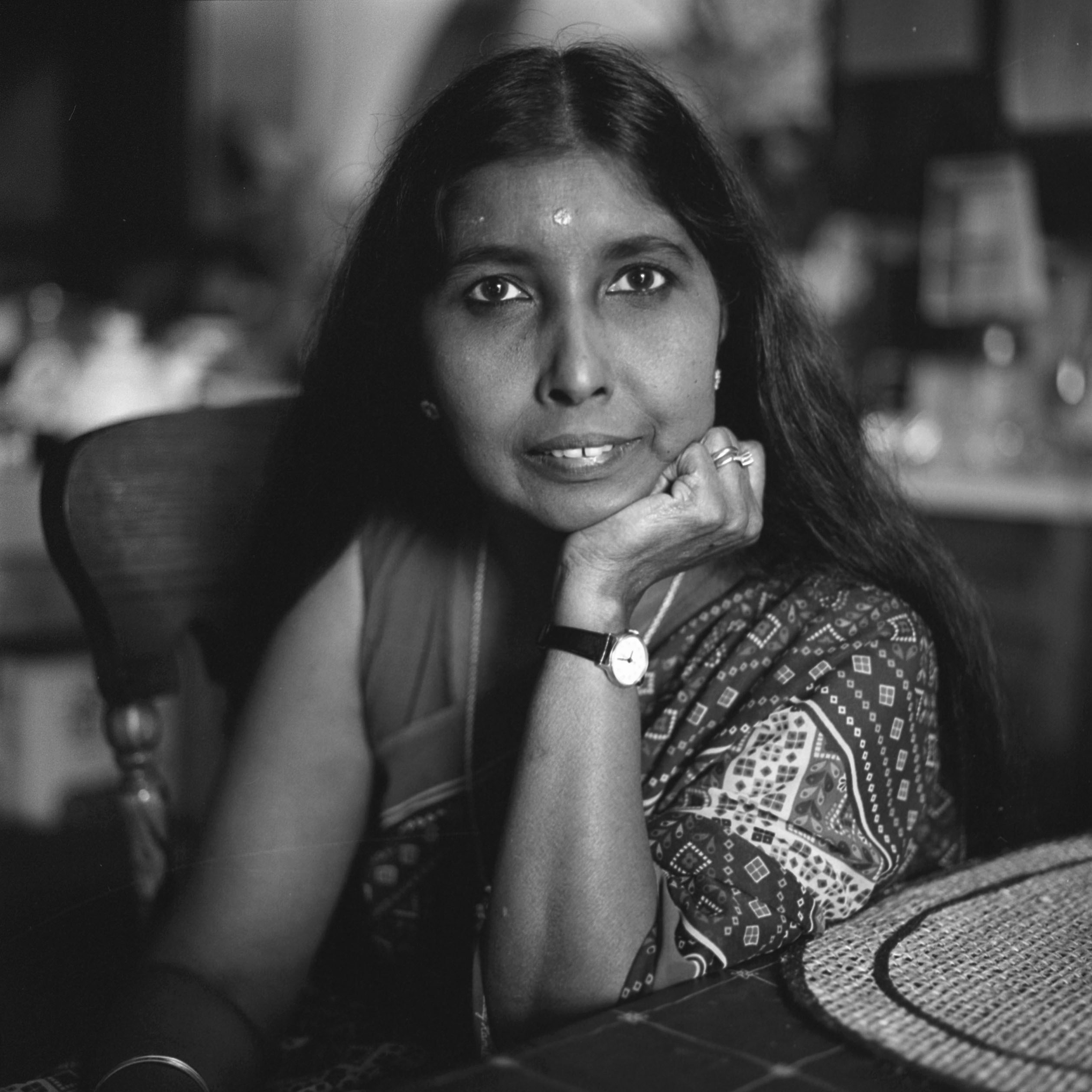
Nimi McConigley becomes the first Indian-born person and the first Indian-American to serve in the State legislature.
1995 Barbara Cubin
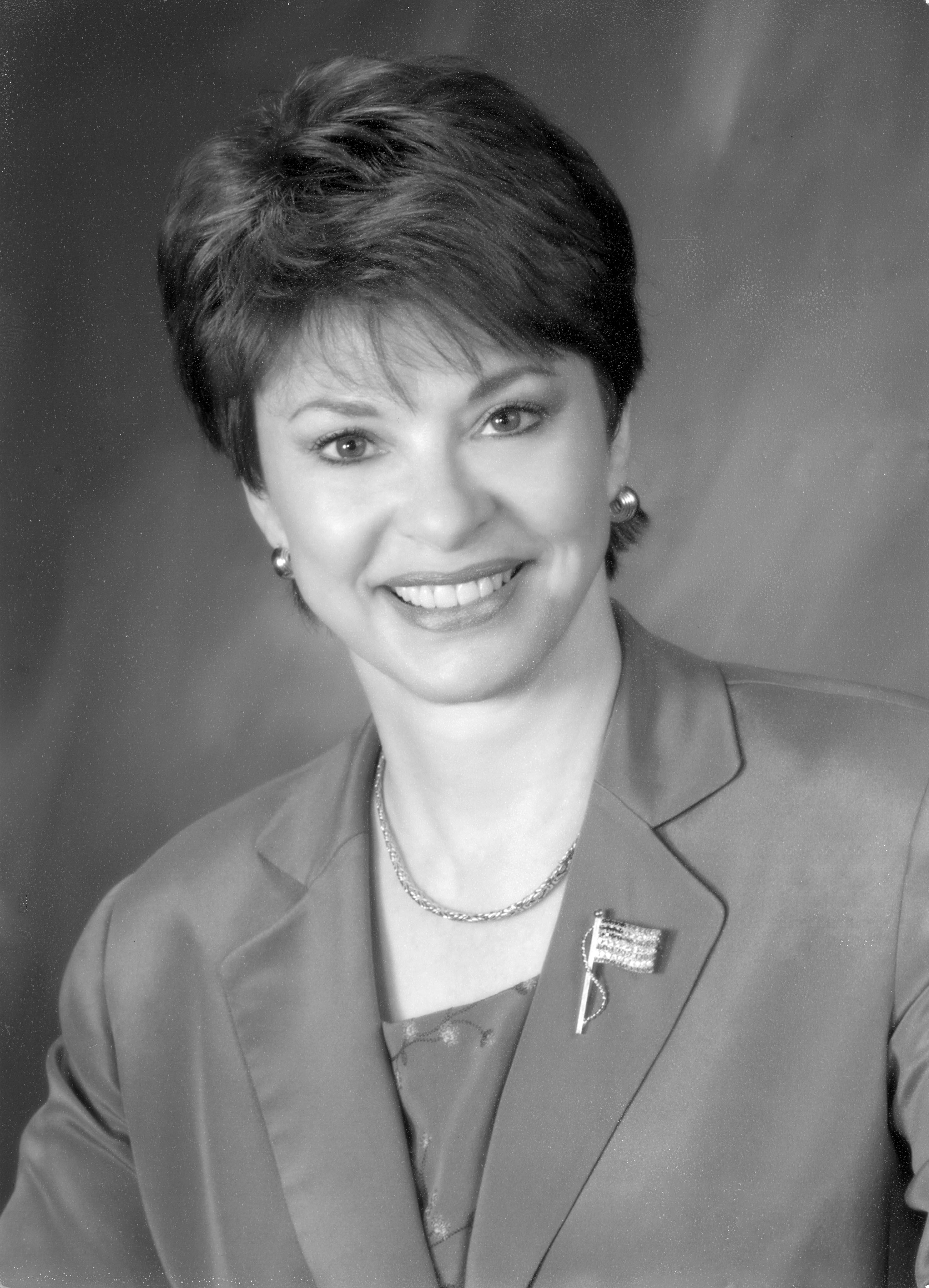
Barbara Cubin becomes the first female U.S. Congresswoman to represent Wyoming. Cubin is followed by Cynthia Lummis in 2009 and Liz Cheney in 2017.
2000
2000 Justice Marilyn Kite
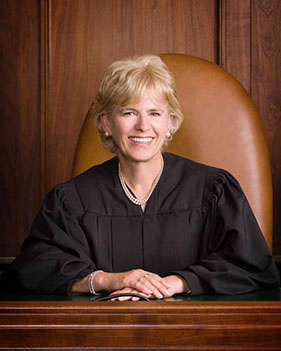
Justice Marilyn Stebner Kite was appointed Wyoming’s first female Supreme Court Justice. Justice Kite became the court’s first female Chief Justice in 2010.
2009 Laramie County Circuit Court
Laramie County Circuit Court becomes Wyoming’s first judicial district judged entirely by women: Hon. Denise Nau, Hon. Roberta Coates, Hon. Catherine R. Rogers.
2010
2015 Laurie Nichols
Laurie Nichols becomes the University of Wyoming’s first female president.
2017 Affie Ellis
Affie Ellis was elected to the Wyoming House of Representatives, becoming the first female Native American member of the state legislature.